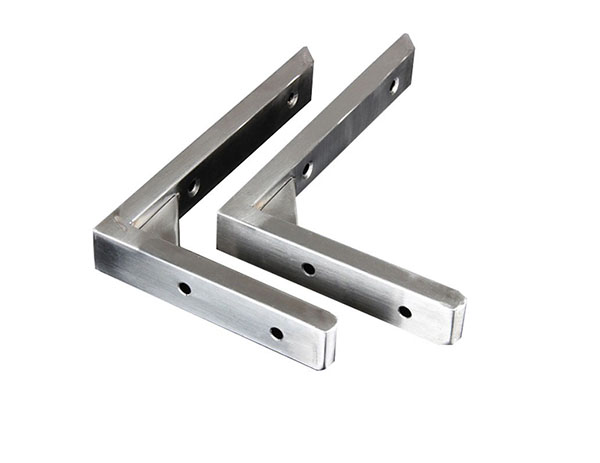Metal stamping parts are a processing method with higher production efficiency, less material loss and lower processing costs. It is more suitable for mass production of parts, is easy to realize mechanization and automation, has high precision, and is also convenient for post-processing of parts. However, metal stamping parts need to be deep-drawn during processing, so what are the conditions that affect the deep-drawing of metal stamping parts?
1. If the gap between the convex and concave dies is too small, the metal stamping parts will be excessively squeezed, and the friction resistance will increase, which is not conducive to reducing the limit drawing coefficient. However, if the gap is too large, the precision of the deep drawing will be affected.
2. The number of deep drawing. Because the cold work hardening of the metal stamping parts increases the deformation resistance of the material during deep drawing, and at the same time the wall thickness of the dangerous section is slightly thinned, the ultimate drawing coefficient of the next deep drawing should be larger than the previous one.
3. Excessive blank holder force will increase the drawing resistance. However, if the blank holder force is too small, it will not be able to effectively prevent the flange material from wrinkling, and the drawing resistance will increase sharply. Therefore, under the premise of ensuring that the flange material does not wrinkle, try to adjust the blank holder force to the minimum.
4. The relative thickness of the blank (t/D)×100. The larger the value of the relative thickness (t/D)×100 of the blank, the stronger the ability of the flange material to resist instability and wrinkling during deep drawing, so the blank holder force can be reduced, the friction resistance can be reduced, and the reduction is beneficial. Small limit drawing coefficient.
Post time: Nov-09-2021

